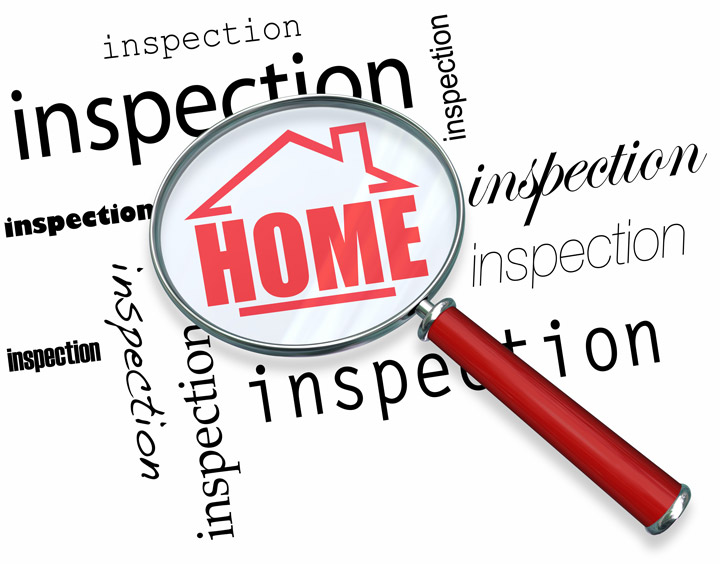
Comprehending AppraisalsBuying a house is the biggest transaction many people might ever make. It doesn't matter if where you raise your family, a second vacation property or one of many rentals, the purchase of real property is an involved transaction that requires multiple parties to pull it all off. Most people are familiar with the parties taking part in the transaction. The real estate agent is the most recognizable person in the exchange. Next, the mortgage company provides the money necessary to finance the exchange. The title company ensures that all aspects of the transaction are completed and that a clear title passes from the seller to the purchaser. So, what party is responsible for making sure the value of the property is in line with the purchase price? In comes the appraiser. We provide an unbiased estimate of what a buyer could expect to pay — or a seller receive — for a parcel of real estate, where both buyer and seller are informed parties. A licensed, certified, professional appraiser from Courtesy Appraisal will ensure, you as an interested party, are informed. Inspecting the subject propertyOur first duty at Courtesy Appraisal is to inspect the property to ascertain its true status. We must physically view features, such as the number of bedrooms and bathrooms, the location, and so on, to ensure they indeed exist and are in the shape a reasonable person would expect them to be. To make sure the stated square footage is accurate and convey the layout of the house, the inspection often entails creating a sketch of the floorplan. Most importantly, the appraiser looks for any obvious amenities - or defects - that would have an impact on the value of the house. Once the site has been inspected, we use two or three approaches to determining the value of real property: paired sales analysis and, in the case of a rental property, an income approach. 
Replacement CostThis is where we gather information on local construction costs, labor rates and other elements to derive how much it would cost to build a property comparable to the one being appraised. This value commonly sets the maximum on what a property would sell for. The cost approach is also the least used method. 
Analyzing Comparable SalesAppraisers are intimately familiar with the subdivisions in which they appraise. They thoroughly understand the value of certain features to the residents of that area. Then, the appraiser looks up recent sales in close proximity to the subject and finds properties which are 'comparable' to the property being appraised. Using knowledge of the value of certain items such as square footage, additional bathrooms, hardwood floors, fireplaces or view lots (just to name a few), we adjust the comparable properties so that they are more accurately in line with the features of subject property.
Once all necessary adjustments have been made, the appraiser reconciles the adjusted sales prices of all the comps and then derives an opinion of what the subject could sell for. When it comes to valuing features of homes in San Dimas and Los Angeles, Courtesy Appraisal can't be beat. This approach to value is most often given the most consideration when an appraisal is for a home sale. Valuation Using the Income ApproachIn the case of income producing properties - rental houses for example - we may use a third method of valuing a property. In this scenario, the amount of income the property produces is factored in with other rents in the area for comparable properties to derive the current value. ReconciliationCombining information from all approaches, the appraiser is then ready to stipulate an estimated market value for the property at hand. Note: While the appraised value is probably the most reliable indication of what a property is worth, it probably will not be the final sales price. Depending on the specific situations of the buyer or seller, their level of urgency or a buyer's desire for that exact property, the closing price of a home can always be driven up or down.Regardless, the appraised value is typically employed as a guideline for lenders who don't want to loan a buyer more money than they could recover in the event they had to sell the property again. At the end of the day, an appraiser from Courtesy Appraisal will guarantee you attain the most fair and balanced property value, so you can make the most informed real estate decisions. |